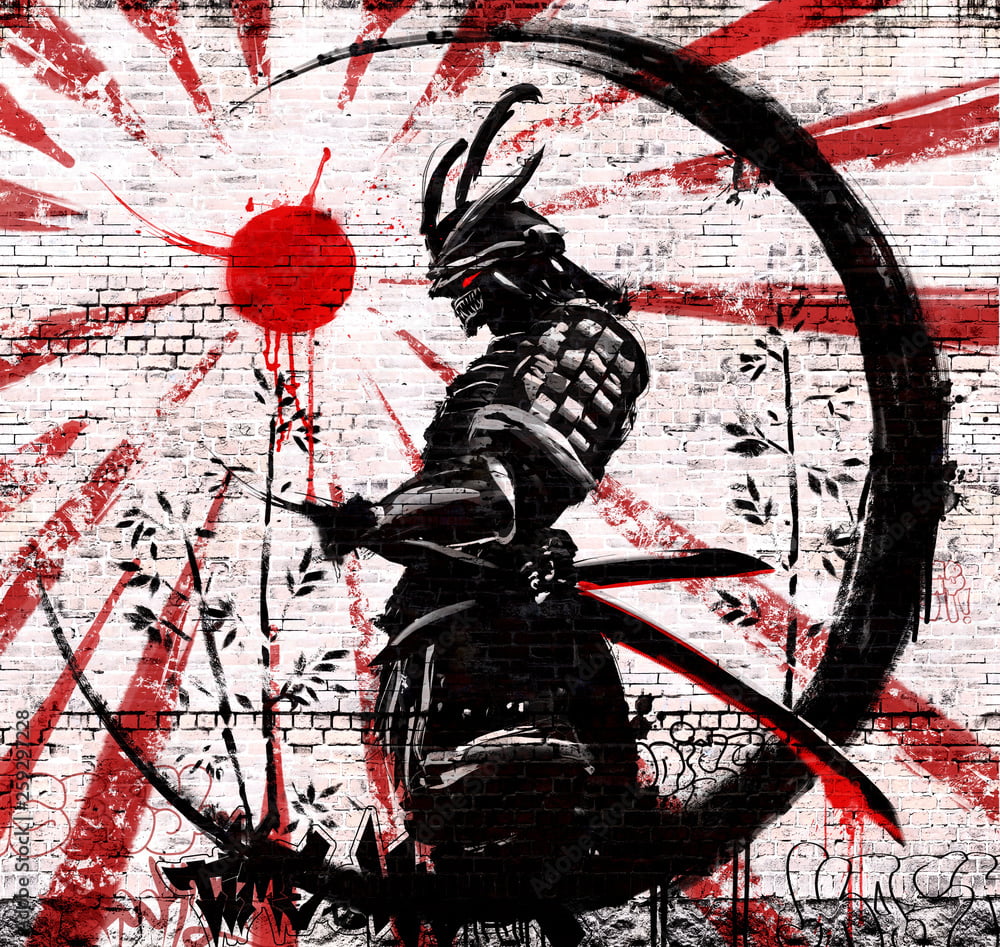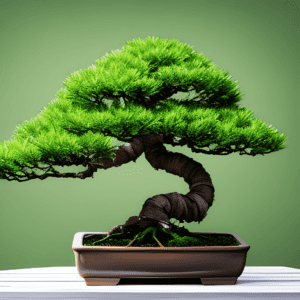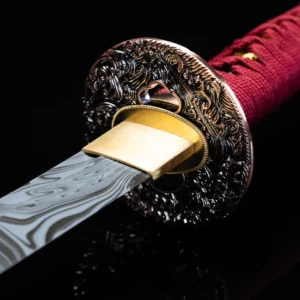
The real sumi-e
The Japanese term “sumi” means black ink, “e” instead means painting and indicates one of the art forms in which the subjects are painted with black ink in varying shades from pure black to all the shades that can be obtained by diluting it with water. This, however, does not mean that everything painted like this deserves the name “sumi-e”.
True sumi-e must respond to certain typical characteristics , such as sobriety and spontaneity which directly affect the sensitivity of the spectator. For a painting to be “alive”, all its components must be “alive”. This type of painting already includes the drawing, there is no need for any preparatory stroke, every superfluous shape and detail is left out.
Sumi-e was introduced to Japan by Zen monks and enjoyed rapid success because in this method of painting, as in the practice of Zen, the expression of reality is reduced to its pure, bare form . Retouching, additions and decorations do not actually embellish a work but only obscure its natural truth, its true nature. It’s a bit like cooking: if you put too many condiments and too many spices, you can no longer taste what you’re actually cooking.
And so, as in Zen, a few words are sufficient to express the meaning of many hours of meditation, in sumi-e, a few strokes of black ink traced with a brush on a simple white sheet of paper allow the most complex model to be represented . One must learn to grasp the essence, the truth as it is .
The Way of the Brush
Let’s see, for example, what happens when we want to paint a bamboo with the sumi-e method: we sit (but it can also be done standing) keeping our back straight, we place a sheet of paper in front of us and we concentrate on the sheet, breathing calmly, naturally. You let all other thoughts fade away. In the end, only a blank sheet of paper remains in our mind. Then you let the image you want to paint come to mind. To paint bamboo, we must perceive its “consistency”, see the trunk, the branches, hear the rustle of the light leaves moved by the air or wind, or wet, heavy with rain.
Our entire spirit is imbued with this and more. In a certain sense “you become bamboo”, it is indescribable . Then, he takes the brush and lets go of his hand naturally and effortlessly. There is no thought of technique, nor of result, there is no conscious effort to make a good painting. Little by little our complete bamboo will take shape and we will have an undeniably “alive” painting. Bamboo is “created” from nothing, not merely “copied”.
On rice paper then only one brush stroke is allowed for each stroke; every touch-up is immediately perceived. All the mental apparatus that complicates the image (and life) is abandoned. So we understand that thoughts about life are not really life itself. Thoughts about Zen are not Zen, they are just thoughts…
Learning sumi-e
This way of painting is complete, it involves the whole body. It is not easy at all, and a teacher is essential , as well as getting used to repeating the subjects or parts of them countless times. The spirit becomes increasingly refined and sensitive through constant repetition. It is inevitable that, at the beginning, our paintings are cold and lack spontaneity.
Then you have to want more beauty in your work. However, this must not become an obsession with being a “perfect” sumi-e practitioner because in this case no progress will be made. If you continue to think in terms of “good” or “bad” you are still far from the true spirit of sumi-e.
As in Zen, the spirit must be free from any voluntary desire for “success” or “ambition” . So, probably, much sooner than you think, you will feel able to paint anything you want because everything in a landscape will appear as the very reflection of original life and nature.
You will also notice that you are breathing better, that your posture is more upright and “noble”, that your general state of health, including mental balance, has also improved. Like Zen, “zazen” is not the mere learning of a “meditation technique”, but is direct contact with the origin of everything (“Buddha nature”), so sumi-e goes far beyond a simple “painting technique”.
MATERIALS
Rice paper
It is found in many varieties in terms of thickness, consistency, absorption, texture, etc. To begin with, it is advisable to use the one with the least absorption and of ordinary dimensions (24.5 x 33 cm).
Brushes
They are all made of natural bristle (horse, badger, goat, ox, weasel, etc.). They vary in shape, size, length, type of bristle, but we can generically classify them into large, medium and small brushes in relation to the size and long, medium and short in relation to the length of the bristle. For beginners it is advisable to use mixed brushes of stiff and soft bristle. They are the easiest to use and hold ink well (average bristle length: 4.5 – 5.5 cm). Once the sumi-e is finished, you must immediately wash the brush with water, dry it and hang it in a dry place.
Ink (China)
It comes in bars made of resin soot, pine soot or rapeseed oil mixed with glue extracted from animal skins. These cinchona bars must be dissolved with water by rubbing them on a special stone (SUZURI).
Peter for ink (Suzuri)
In the shape of a container, mostly rectangular, it consists of a surface on which the sumi is rubbed, and a well that contains the water. To prepare the ink you need to fill the well about two thirds with water, dip the bar and with it bring a little water to the surface of the stone and start rubbing with a circular, decisive, constant and vigorous movement, without, however, exerting excessive force.


